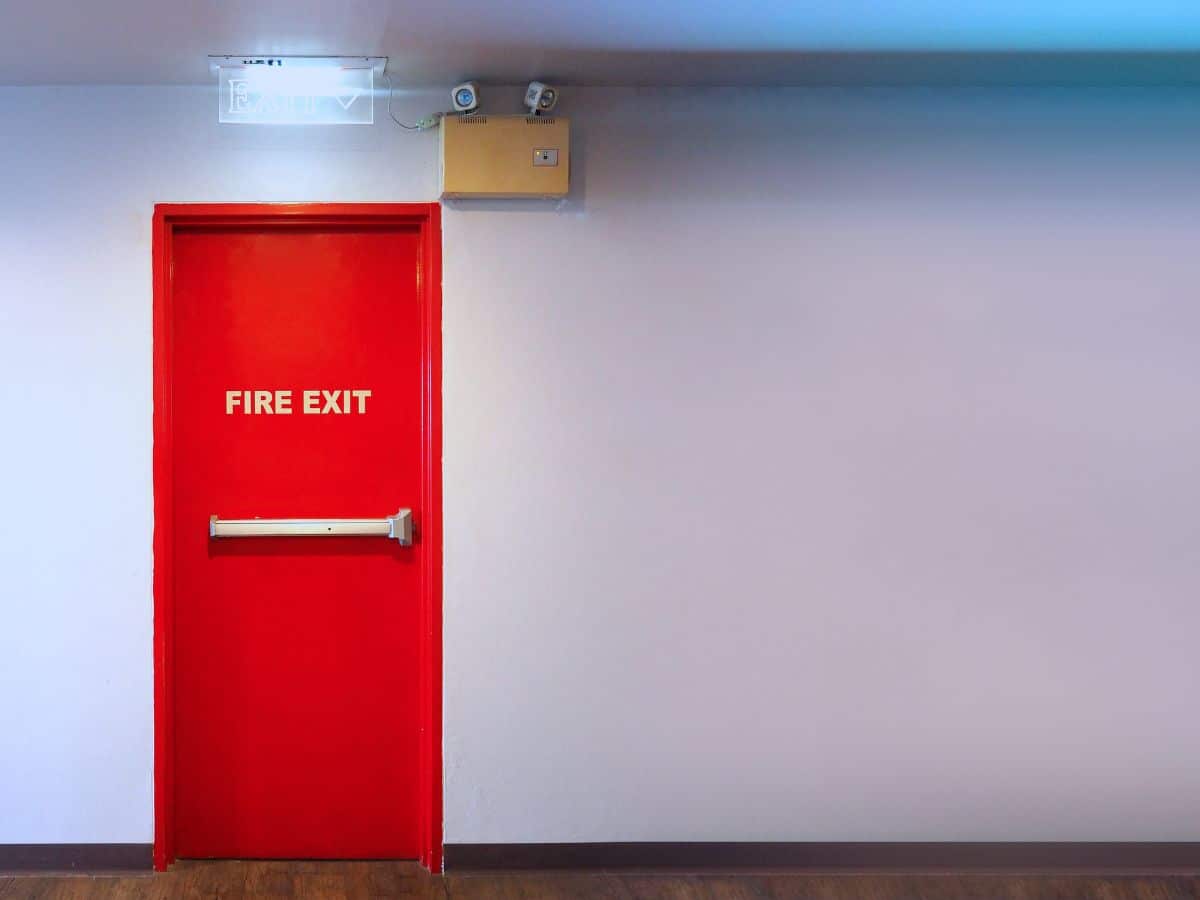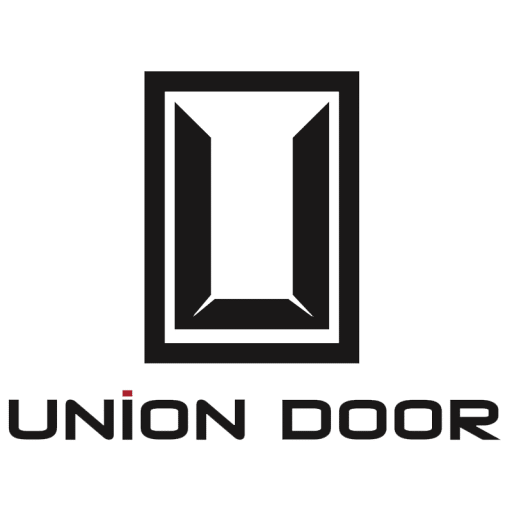
Best Practices For Maintaining Your Fire Doors
Having your fire doors inspected at least once a year is the minimum requirement to maintain compliance. However, given their important function, there are several things you should do all throughout the year in order to ensure your fire door functions as it should when you need it most. The following are some best practices for using and maintaining your fire doors.
- Perform regular checks of door frames and hardware
- Make sure the door closes completely
- Don’t paint over or make any modifications to your fire doors
- Keep the area and pathways around fire doors clear
- Inspect the integrity of gaskets and seals
- Make sure the door and frame are aligned and gap sizes don’t exceed the maximum


